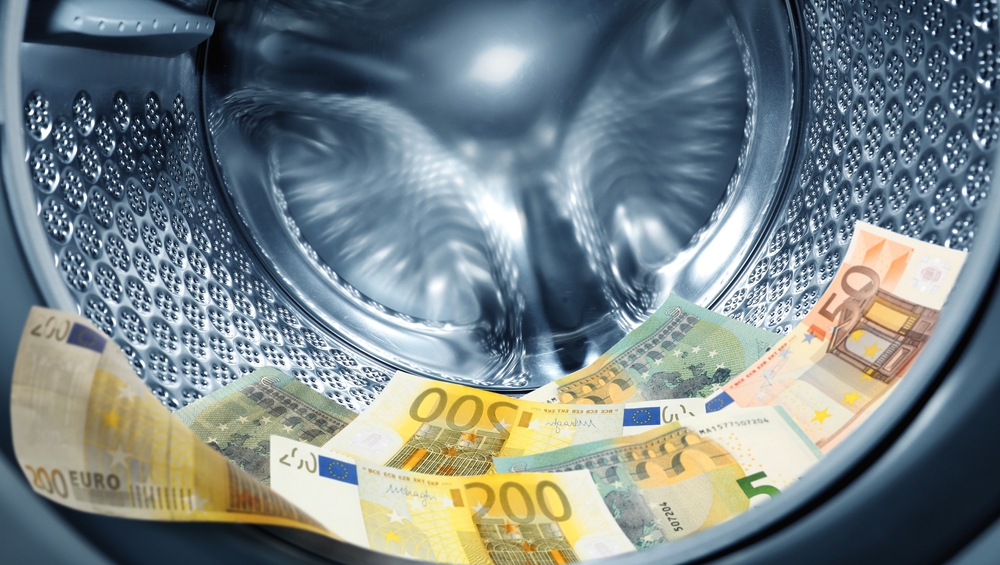With the increased sophistication in fraudulent practices and especially with high value transactions, it is even more important to not only be sure you know who is party to that transaction but to also have a digital forensic trail to support and verify this.
This is why professional firms are now moving up to the use of Qualified Electronic Signatures (QES) when exchanging complex documents and completing commercial and residential property transactions.
A QES uses Advanced E–Signature Standards (AES) together with the most advanced Near Field Communication (NFC) based identity certification technology to prove that the signer is who they say they are.
When asking for verification of a QES, VirtualSignature’s SecureCode authentication will send a unique code via SMS to the recipient’s phone which must then be entered into the email login process for verification.
Additionally, the signer will need to have access and control of an internet-enabled device to make the signature, which can then be identified and will generate an electronic certificate.
QES also have anti-tamper technology to prevent any modifications to the document after it has been completed.
A QES is linked to the signatory and the data in such a way that any subsequent change is detectable. It is essentially a digital fingerprint unique to the person signing the document, providing a higher level of security and authenticity.
They also leave behind a digital forensic trail which can be followed to validate the signing process. This trail provides strong evidence for the validity of the signature, consequently reducing the risk of fraud and ensuring the integrity of the signed document.
The digital trail contains a host of information to provide verification and authenticity of the signer, including:
Identity verification
QES include identity verification information that proves the signatory’s identity. This is usually achieved through a stringent identification process, such as VirtualSignature’s SmartCheck software which uses 3D video liveness, geo–location and anti–spoofing technology. During the process, the end user is required to take a video selfie using their smart phone, scan the photo page of their ID document which ensures it is valid and finally, scan the chip within the ePassport. This high level check can be carried out within minutes.
Timestamp
Every QES is time–stamped, indicating precisely when the document was signed. The time stamp cannot be altered, which adds further veracity to the signature and the signatory.
Document integrity
The digital trail’s anti-tamper technology ensures that any changes to the document post-signing can be detected. If a document is tampered with after it has been signed, the signature becomes invalid.
This ensures the integrity of the document and solidifies the agreement between the parties involved.
Non–repudiation
As a QES is uniquely linked to the signatory, it provides strong evidence that a specific person signed the document, which cannot be denied later on.
VirtualSignature’s SmartSign and SecureCode authentication technology can help professional services reduce fraud when completing their transactions and assure them of a secure QES with a strong digital forensic trail as well as meet HMLR “Safe Harbour” Standards. For more information about our software and how we can help you implement it, please contact us.
Get in Touch
VirtualSignature-ID is a UK Government approved Identity Service Provider (IDSP) that offers professional services firms a suite of end-to-end eSignature, ID verification, AML and KYC solutions that can be incorporated into existing workflows and case, practice and document management systems. If you would like to find out more about how VirtualSignature.com can help with your digital onboarding or discuss a particular solution that will fit your organisation’s requirements, then give our team a call on 0333 335 5176 or contact us and we’ll be pleased to demonstrate how the platform works.
For news and updates, you can follow us on LinkedIn.






